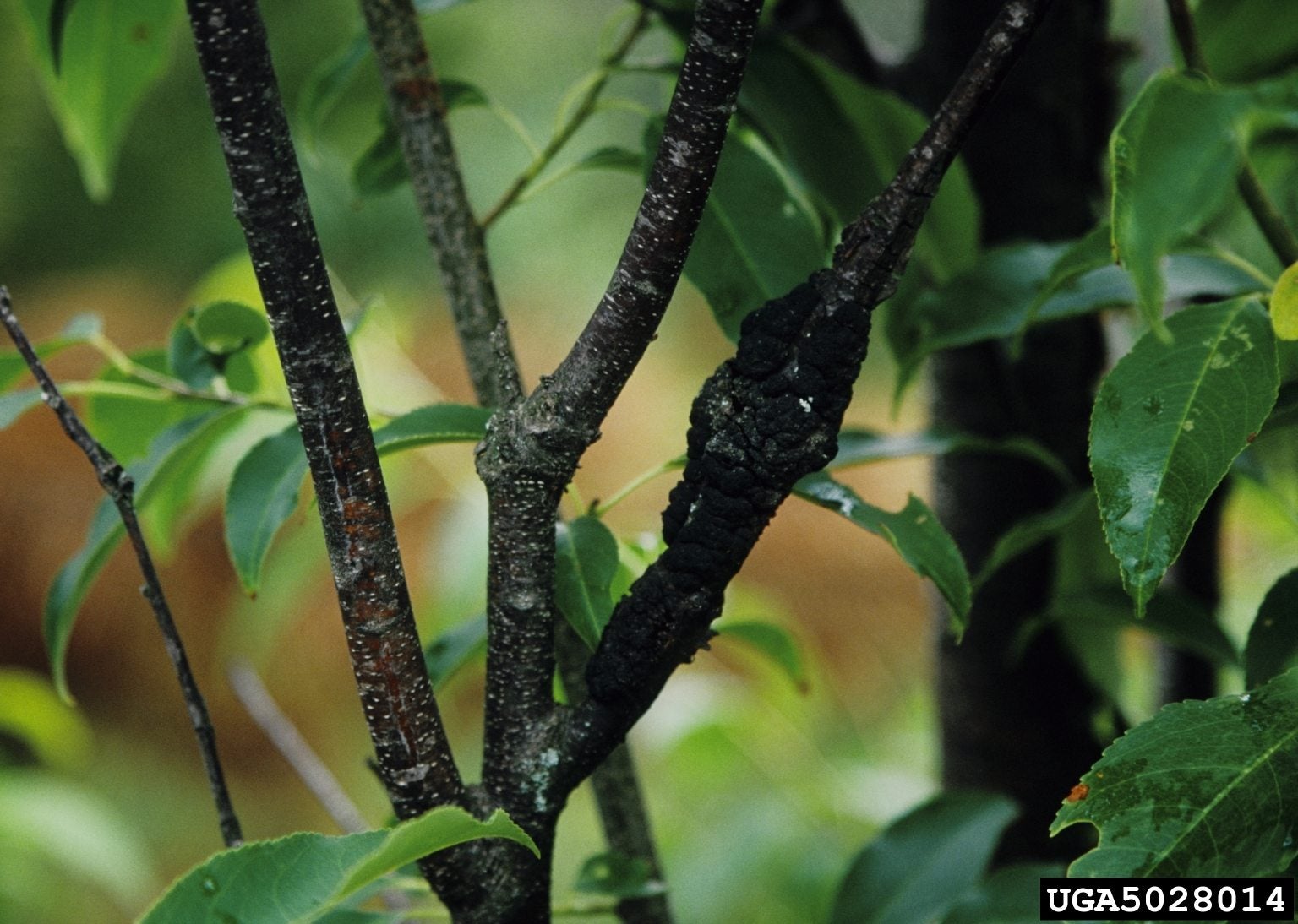Cherry Tree Diseases: Tips On Treating Cherry Diseases


When a cherry tree looks sick, a wise gardener wastes no time in trying to figure out what is wrong. Many cherry tree diseases get worse if untreated, and some can even prove lethal. Fortunately, it usually isn’t too hard to diagnose the problem. The common cherry tree diseases have recognizable symptoms. Read on to learn more about cherry tree problems and the best methods of treating diseases of cherry trees.
Cherry Tree Problems
Common cherry tree problems include rot, spot, and knot diseases. Trees can also get blight, canker, and powdery mildew. Root and crown rot diseases result from a fungus-like organism that is present in most soils. It only infects the tree if the moisture level of the soil is very high, like when the tree grows in standing water. Symptoms of rot diseases include slowed growth, discolored leaves that wilt quickly in hot weather, dieback, and sudden plant death. This is one of the worst cherry tree diseases. Once a cherry tree has a rot disease, there is no cure. However, rot diseases of cherry trees can generally be prevented by making sure the soil drains well and regulating irrigation.
Treating Cherry Diseases
Treatment is available for most other common cherry tree diseases, like black knot fungus. Recognize black knot by the dark, hard swellings on branches and twigs. The galls grow each year and branches may die back. Treat it early by cutting off an infected branch at a point below the gall and applying fungicides three times annually: in spring, just before flowering, and just after. Fungicide application is also the treatment of choice for brown rot and leaf spot. Shriveled fruit covered with spores indicates brown rot, while purple or brown circles on leaves signal Coccomyces leaf spot. For brown rot, apply the fungicide when buds emerge and again when the tree is 90 percent in bloom. For leaf spot, apply as leaves emerge in spring.
Other Diseases of Cherry Trees
If your cherry tree suffers drought stress or freeze damage, it may come down with Leucostoma canker. Recognize it by the cankers that often ooze sap. Prune off these limbs at least 4 inches (10 cm.) below the diseased wood. Coryneum blight, or shot hole, causes dark spots on emerging leaves and young twigs. If cherry fruit is infected, it develops reddish bumps. Prune away all diseased parts of the tree. This disease can often be prevented by taking care not to let irrigation water touch the tree leaves. For severe infections, apply copper spray at 50 percent leaf drop. Note: Any recommendations pertaining to the use of chemicals are for informational purposes only. Chemical control should only be used as a last resort, as organic approaches are safer and more environmentally friendly.
Gardening tips, videos, info and more delivered right to your inbox!
Sign up for the Gardening Know How newsletter today and receive a free copy of our e-book "How to Grow Delicious Tomatoes".

Teo Spengler is a master gardener and a docent at the San Francisco Botanical Garden, where she hosts public tours. She has studied horticulture and written about nature, trees, plants, and gardening for more than two decades. Her extended family includes some 30 houseplants and hundreds of outdoor plants, including 250 trees, which are her main passion. Spengler currently splits her life between San Francisco and the French Basque Country, though she was raised in Alaska, giving her experience of gardening in a range of climates.
-
 Looking For Plants To Give You The Soft And Fuzzies? Try These 5 Fuzzy Leaf Plant Options
Looking For Plants To Give You The Soft And Fuzzies? Try These 5 Fuzzy Leaf Plant OptionsLovers of texture, drama, silver foliage and tactile plants will adore these special sensory garden additions. These fuzzy leaf plant options will leave you all aglow
By Susan Albert
-
 Get Ready For A Summer Of Hummers! Grow These Full Sun Hummingbird Plants and Flowers
Get Ready For A Summer Of Hummers! Grow These Full Sun Hummingbird Plants and FlowersIf you’re lucky enough to enjoy a sunny backyard, make sure you are maxing out on your pollinator opportunities and grow these full sun hummingbird plants and flowers
By Tonya Barnett